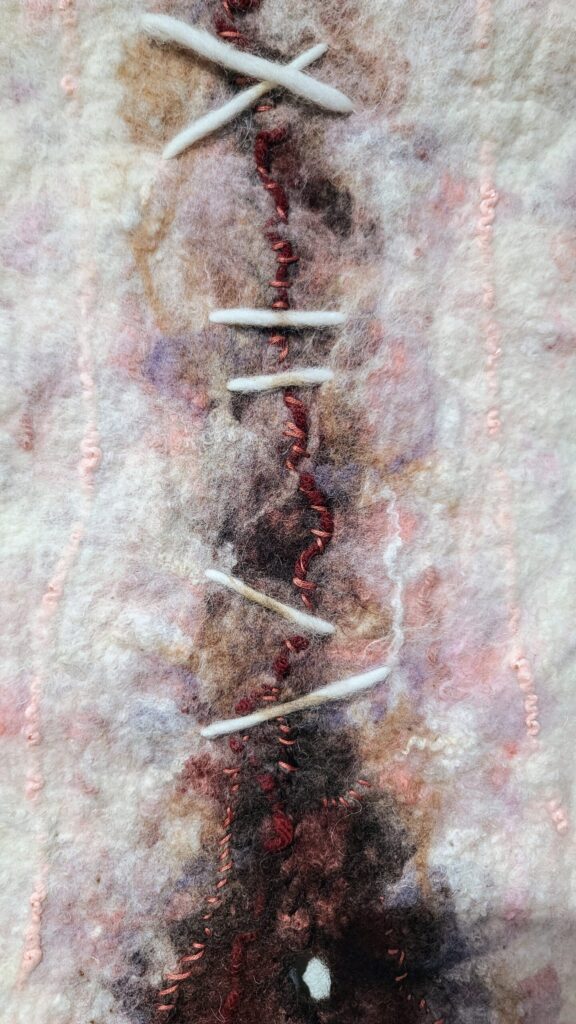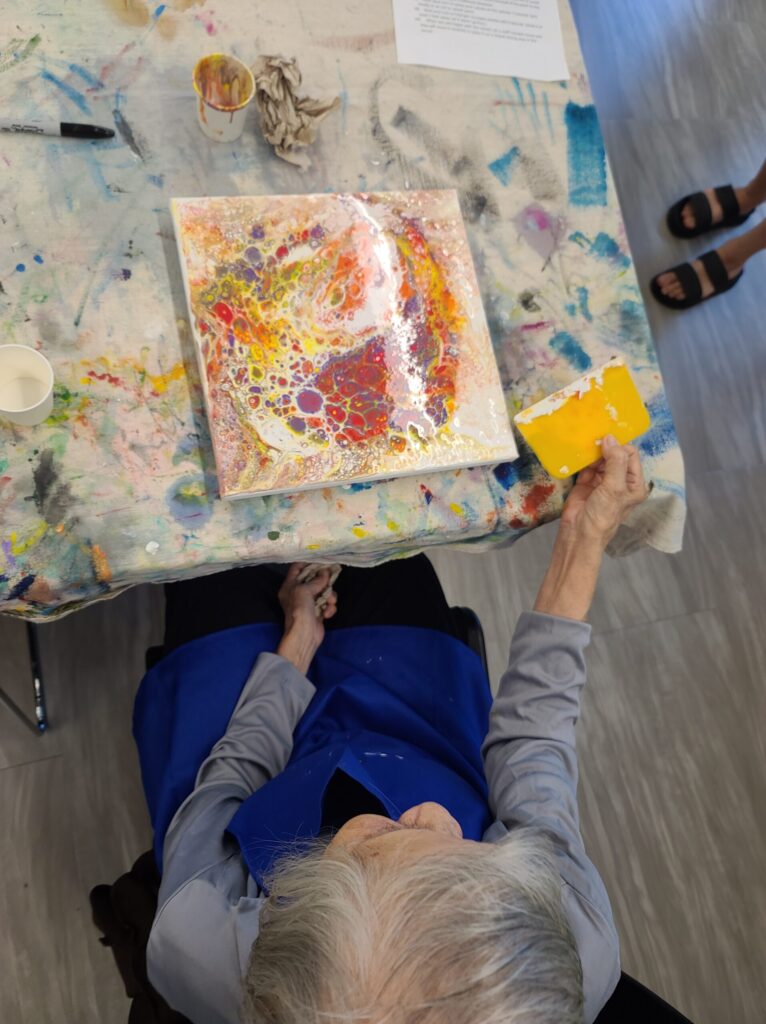
Art has always been my refuge. During times when I faced trauma and couldn’t change my reality, art was there to offer an escape. It wasn’t just a hobby; it was a way to piece together the fragments of my experience when words alone couldn’t suffice. While talk therapy gave me language, art gave me a nonverbal way to release what was trapped inside.
Art as a Personal Healing Tool
In my own journey, creating art has been a way to externalize emotions and memories that felt too big or too tangled to speak. I’ve seen this same healing power in the communities I work with—often among people who don’t have access to or feel comfortable with traditional therapy. For them, as for me, art is a gentle and accessible form of self-care.
Observing Art’s Impact in the Community
In my work with lower-income and immigrant communities, I’ve seen how art can bridge gaps where talk therapy is stigmatized or unavailable. For instance, in cultures where mental health isn’t openly discussed, giving children a chance to doodle can help them focus and express themselves. I’ve run a free art closet at the library where even those facing homelessness find a way to create and connect. One man who once isolated himself began to draw, and through that act of creation, gradually reengaged with the world around him.

The Science of Rhythmic, Repetitive Art-Making
There’s solid science behind this. Experts like Dr. Bruce Perry have noted that repetitive, rhythmic activities—drawing, painting, sewing, drumming—help calm the brain and help people process trauma. Dr. Bessel van der Kolk in “The Body Keeps the Score” and Peter Levine with Somatic Experiencing echo these findings. Dr. Cathy Malchiodi, a leader in art therapy, also emphasizes that art is a powerful, accessible tool for anyone dealing with PTSD, ADHD, or other neurodivergent experiences.
Making Art Accessible and Uncomplicated
You don’t need a psychology degree to use art as therapy. It can be as simple as drawing repetitive patterns to soothe your mind. I’ve done it myself in situations where I had nothing else—just a pencil and paper. Over time, these small acts of creation become milestones of healing and self-discovery.
In the end, art is a therapeutic modality that anyone can embrace. Whether you’re dealing with trauma, navigating neurodivergence, or simply looking for a way to calm your mind, art is there for you. You can do it anywhere, anytime. It’s a gentle, accessible path to healing, and it belongs to everyone.
Leave a Reply